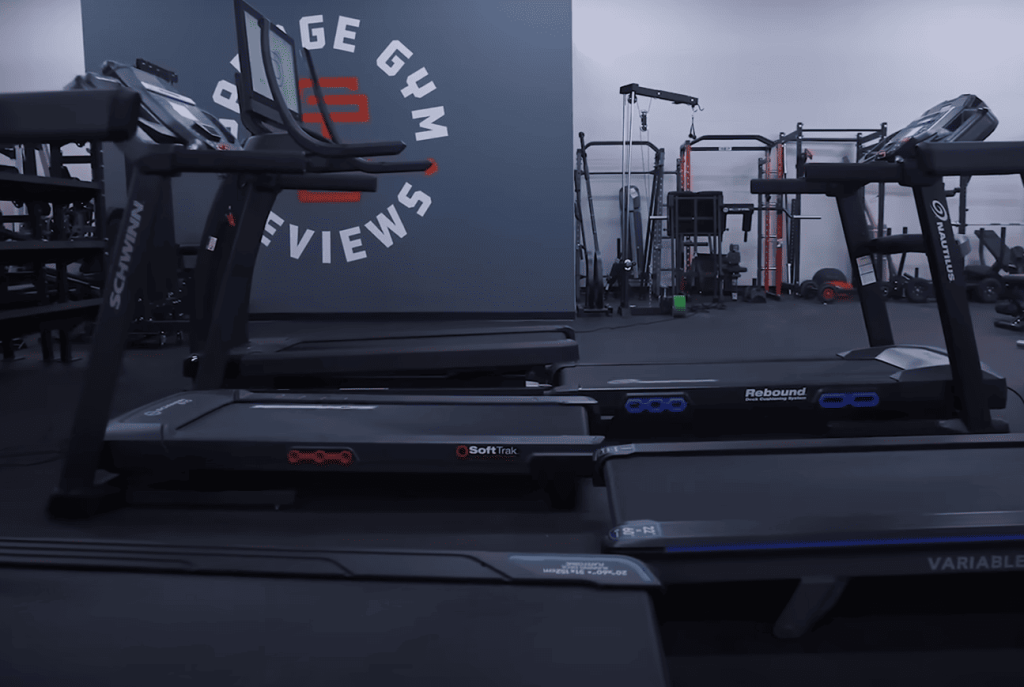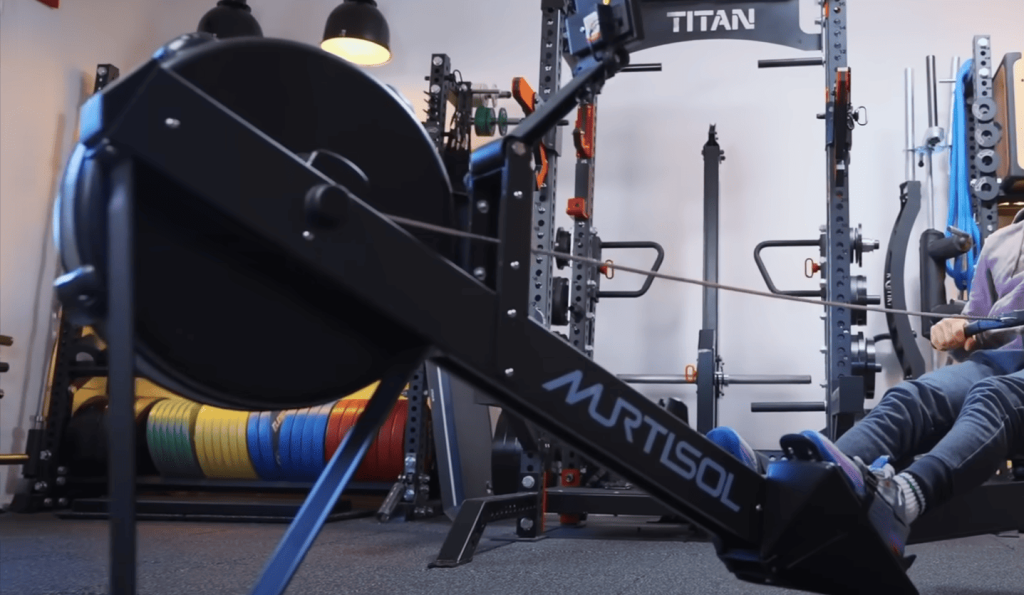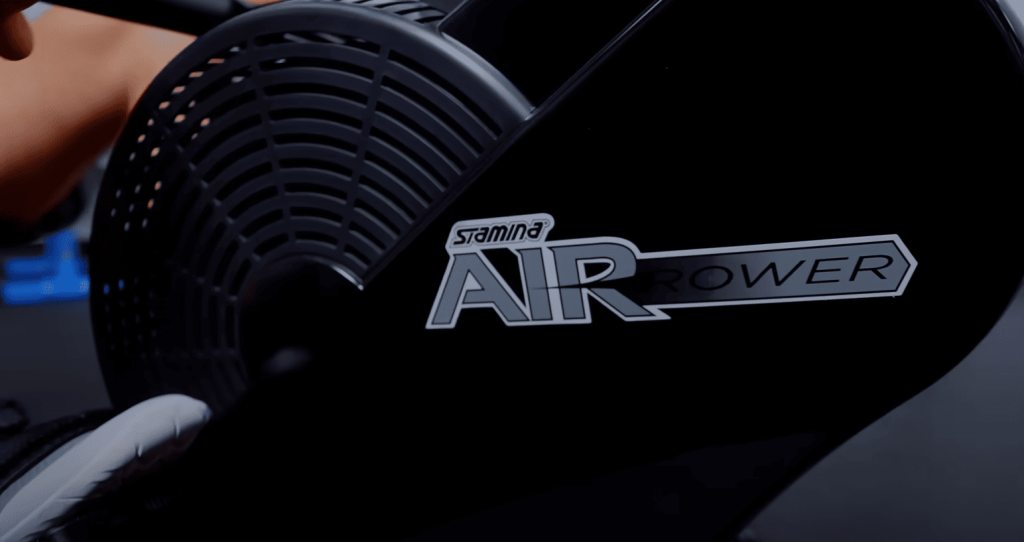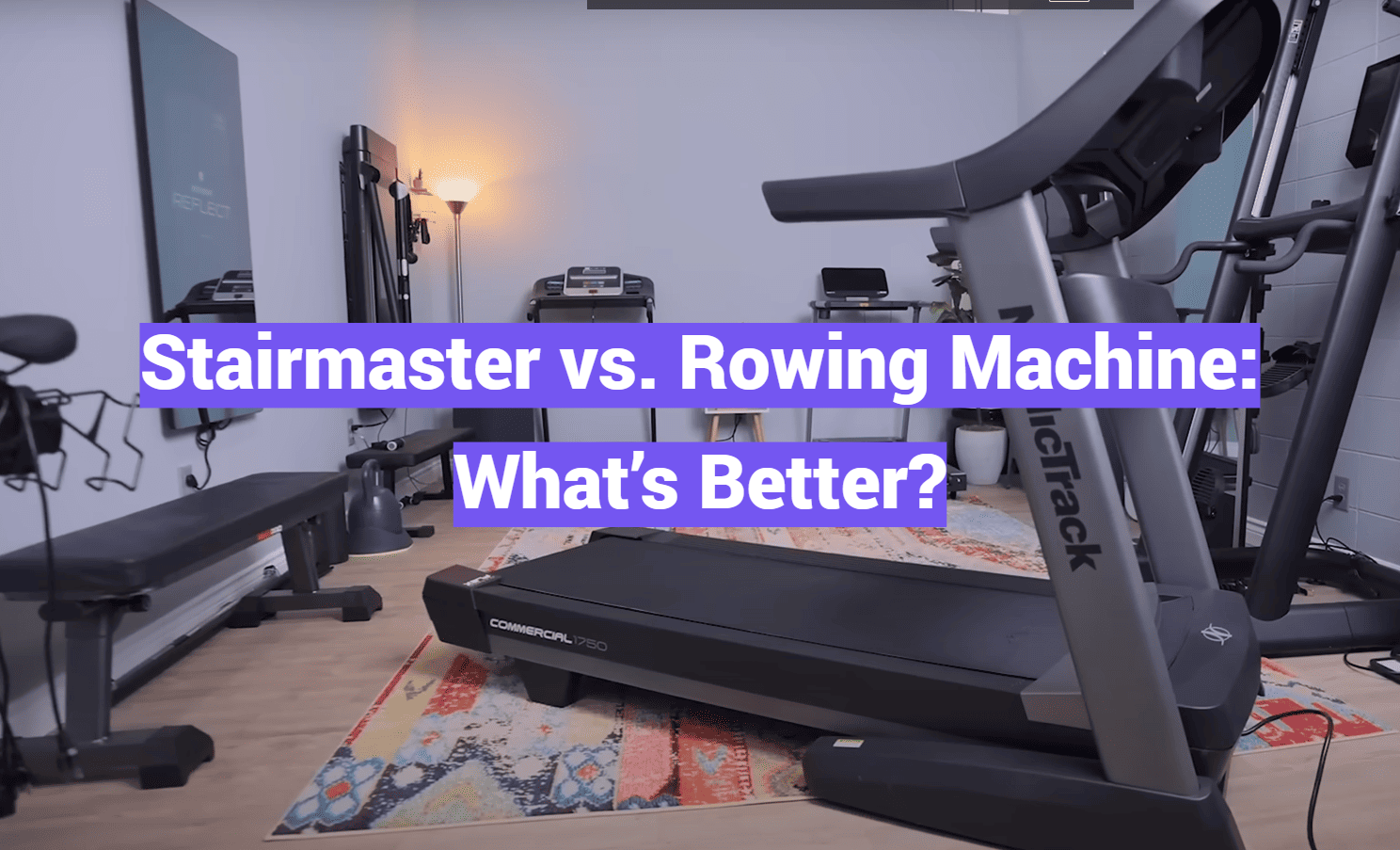Did you know certain gym equipment torches calories 40% faster than traditional stair workouts? While most exercisers focus on familiar options, smart fitness enthusiasts are turning to full-body engagement for better results. Your choice between two powerhouse cardio tools could determine whether you hit plateau city or reach your goals faster.
Full-body workouts now dominate modern exercise science for good reason. Equipment engaging multiple muscle groups simultaneously creates afterburn effects lasting up to 48 hours post-workout. The SOLE SR550 demonstrates this principle perfectly, combining air resistance with smooth motion at $1,499.99 – a price reflecting its versatility for weight management and heart health.
Lower-body focused options still hold value for specific needs. These remain popular for building leg endurance and glute strength. But understanding which machine aligns with your personal objectives requires examining five critical factors – from calorie expenditure patterns to long-term joint impact.
Key Takeaways
- Full-body engagement boosts calorie burn by up to 60% compared to lower-body focused workouts
- Equipment choice directly impacts muscle development and cardiovascular conditioning
- Premium models offer hybrid resistance systems for varied fitness applications
- Workout intensity varies significantly between equipment types
- Personal goals should dictate machine selection for optimal results
Overview and Key Benefits
Choosing effective gym equipment means matching your needs to what each machine does best. Two popular options shine in different ways – one offers complete muscle activation while the other builds lower-body power. Let’s break down their unique strengths.

Total Body Conditioning
Rowing machines deliver results few other tools can match. Each stroke activates your back, shoulders, and arms while pushing with your legs. This combo works 86% of your muscles – perfect for those wanting efficient sessions.
These devices are joint-friendly. The smooth glide reduces impact, making them ideal for arthritis sufferers or injury recovery. You get heart-pumping cardio and strength gains without stressing knees or hips.
| Feature | Total-Body Option | Lower-Body Specialist |
|---|---|---|
| Muscles Worked | Upper + lower body | Legs & glutes |
| Impact Level | Low (seated) | Low (stepping) |
| Calorie Burn Rate | High (600+/hr)* | Moderate (400+/hr)* |
| Best For | All-over toning | Leg endurance |
Targeted Lower-Body Development
Stepper equipment focuses on your powerhouse muscles. Quads, hamstrings, and glutes get serious attention with every climb. This makes them top picks for shaping legs or prepping for hiking season.
Despite the intense burn, these workouts are gentle on joints. The vertical motion suits those with knee concerns better than running. Many physical therapists recommend them for rebuilding leg strength safely.
Both options boost heart health differently. Rowing’s push-pull rhythm challenges lung capacity, while stepping drills improve stamina through sustained effort. Mixing both creates balanced fitness – if your schedule allows.
Calorie Burn and Workout Efficiency
When every minute counts, smart exercisers prioritize equipment that delivers maximum results. Your choice directly impacts how many calories you torch and how quickly you see changes in your fitness journey.
Caloric Expenditure: Rowing vs. Stair Climbing
A 185-pound adult burns 311 calories in 30 minutes of moderate rowing – nearly double the 180-260 range for stair climbing. This gap widens at peak intensity, with rowing sessions potentially hitting 800 calories hourly versus 700 maximum for vertical workouts.
| Activity | 30-Minute Burn | Hourly Maximum |
|---|---|---|
| Rowing | 311 | 800 |
| Stair Climbing | 180-260 | 700 |
Full-body motion explains this difference. Rowing activates arms, back, and legs simultaneously, creating energy demands that isolated lower-body movements can’t match. “You’re essentially powering a boat through water with every stroke,” notes a Yale sports physiologist.
Impact on Weight Loss and Cardio Performance
Higher caloric burn translates directly to faster weight management. But there’s a bonus – rowing’s intensity spikes create afterburn effects that keep your metabolism elevated for hours post-workout.
Three strategies maximize results:
- Alternate 1-minute sprints with 2-minute recovery periods
- Combine both machines weekly for balanced conditioning
- Increase resistance gradually as endurance improves
While stair climbing builds leg stamina effectively, those seeking comprehensive body transformation often benefit from rowing’s metabolic advantages. Your goals dictate which tool becomes your calorie-torching MVP.

Detailed Comparison: stairmaster vs rowing machine
What separates great home gym investments from temporary fads? Let’s examine two popular options through five critical lenses that determine real-world value.
Technical Specifications Breakdown
Resistance systems tell the first story. Air-powered models adapt automatically to your effort level – push harder, and the challenge increases. Fixed resistance models offer preset intensity options that cap your maximum output.
Space requirements reveal another key difference. Compact designs fold vertically for apartment living, while taller units demand dedicated floor space. Measure your room’s height and width before deciding.
| Feature | Air Resistance Option | Fixed Resistance Option |
|---|---|---|
| Max User Weight | 500 lbs | 275 lbs |
| Footprint | 7′ x 2′ (stored) | 3′ x 5′ (permanent) |
| Learning Curve | Moderate | Low |
Cost differences might surprise you. Premium air models average $1,000 with commercial-grade construction. Fixed resistance units often triple that price despite simpler mechanics. “You’re paying for brand recognition more than actual features,” notes a Gym Equipment Weekly analyst.
Proper form becomes crucial with complex movements. Slouching during dynamic workouts can lead to back strain, while improper stepping techniques might stress knees. Always consult tutorial videos or trainers during initial sessions.
“The best investment matches your spatial constraints and fitness aspirations – not just celebrity endorsements.”
Three quick tips for shoppers:
- Test both options at gyms before purchasing
- Prioritize adjustable components for growing families
- Check warranty coverage on moving parts
Muscle Engagement and Joint Impact
Ever wonder why some workouts leave you sore in unexpected places? The answer lies in how equipment activates your muscles and treats your joints. Let’s explore how different machines shape your physique and protect (or strain) your body.
Full-Body Activation vs. Targeted Training
Dynamic rowing movements work nearly every major muscle group. Each pull engages your arms, shoulders, and back while your legs drive power. Core muscles stabilize your torso through the entire motion – like doing a standing plank with every stroke.
Stepping equipment takes a different approach. Quads and glutes bear most of the workload, with calves assisting. While effective for leg development, this leaves upper-body muscles largely unchallenged.
| Muscle Group | Rowing Engagement | Stepping Engagement |
|---|---|---|
| Upper Body | High (arms, back) | Low |
| Core | Moderate-High | Minimal |
| Lower Body | High (legs) | Very High |
Joint-Friendly vs. High-Impact Motion
Seated rowing creates smooth, rhythmic movement that cushions joints. Hips and knees move through natural ranges without bearing full body weight. This makes it ideal for those with arthritis or previous injuries.
Vertical stepping patterns test joint resilience. Repeated knee flexion under pressure can aggravate existing issues over time. Proper form helps, but the motion inherently stresses lower-body joints more than horizontal alternatives.

Core Stability Requirements
True core strength develops when muscles work together. Rowing demands constant abdominal engagement to maintain posture during push-pull sequences. This builds functional stability that translates to daily activities.
“Rowers teach your body to move as one unit – that’s where real-world strength comes from.”
Stepping workouts focus energy downward, requiring less core activation. While great for leg endurance, they miss opportunities for balanced strength development.
Training Versatility and Cost Considerations
Smart home gym builders know adaptability trumps flashy features. Your equipment should mold to your space, budget, and evolving fitness needs – not the other way around.
Workout Flexibility and Home Gym Adaptability
Modern rowers transform into multi-purpose training stations. With 16 resistance levels, they handle everything from gentle warm-ups to sweat-drenching HIIT sessions. The SOLE SR550 exemplifies this versatility – its foldable frame tucks neatly against walls, while built-in wheels let you reposition it effortlessly.
Pre-programmed routines on vertical climbers offer structured challenges. However, their fixed motion patterns limit creative workouts. As one fitness coach notes: “Home equipment must earn its keep through varied use, not single-purpose specialization.”
| Feature | Multi-Use Option | Specialized Option |
|---|---|---|
| Workout Styles | HIIT + endurance | Steady-state |
| Storage Flexibility | Vertical folding | Permanent setup |
| User Adjustments | Resistance + posture | Speed only |
Investment, Maintenance, and Space Requirements
Initial costs vary wildly between options. Quality rowers start at $200 (basic models) to $1,500 (commercial-grade), while premium climbers often exceed $4,000. Maintenance proves simpler for magnetic resistance systems – just occasional belt checks and rail cleaning.

Three space-saving tips for urban dwellers:
- Measure ceiling height before buying tall equipment
- Use wall-mounted storage for accessories
- Choose wheeled bases for easy reconfiguration
“Your home gym should adapt to life’s changes – new hobbies, growing kids, or shifting fitness goals.”
Vertical climbers demand 8-10 feet ceilings, while folded rowers stand under 3 feet tall. Both options boost heart health, but only one lets you pivot between yoga flows and calorie-torching sprints in the same footprint.
Conclusion
Your fitness journey deserves equipment that matches your unique needs. For most people seeking full-body results, rowing machines deliver unmatched versatility. They combine calorie-torching intensity with gentle motion – perfect for shedding pounds while protecting creaky knees.
Prefer sculpting powerful legs? The vertical climber shines here. Its stepping pattern builds lower-body endurance better than isolated gym activities. Just monitor joint comfort during longer sessions.
Consider these three factors before deciding:
1. Space & Budget: Compact rowers fit small homes better than bulkier options
2. Health Priorities: Low-impact workouts suit injury recovery best
3. Enjoyment Factor: Consistency trumps intensity – pick what excites you
Whether you choose dynamic rowing or stair-focused training, remember: the best exercise machine is the one you’ll use regularly. Now grab those handles (or step onto those pedals) – your stronger self awaits!

